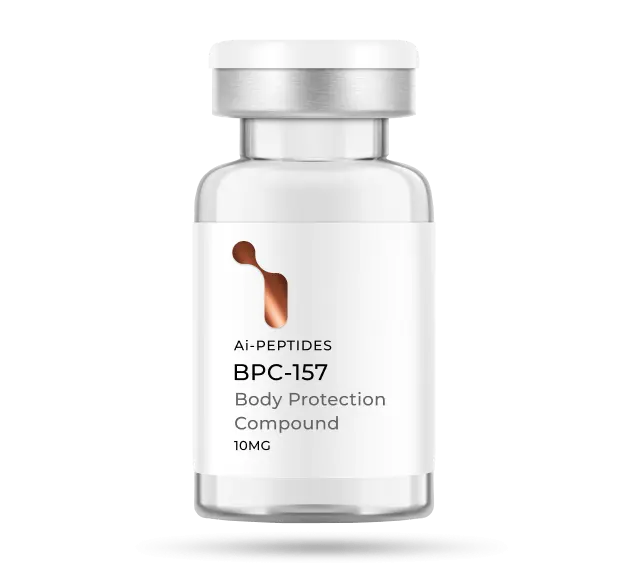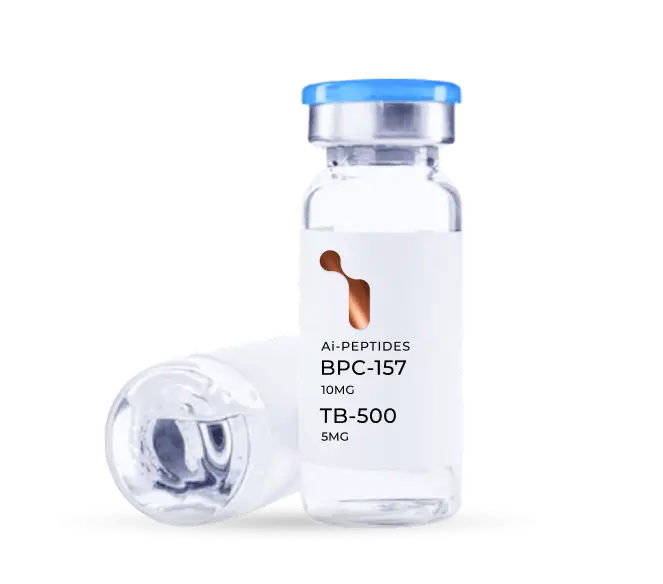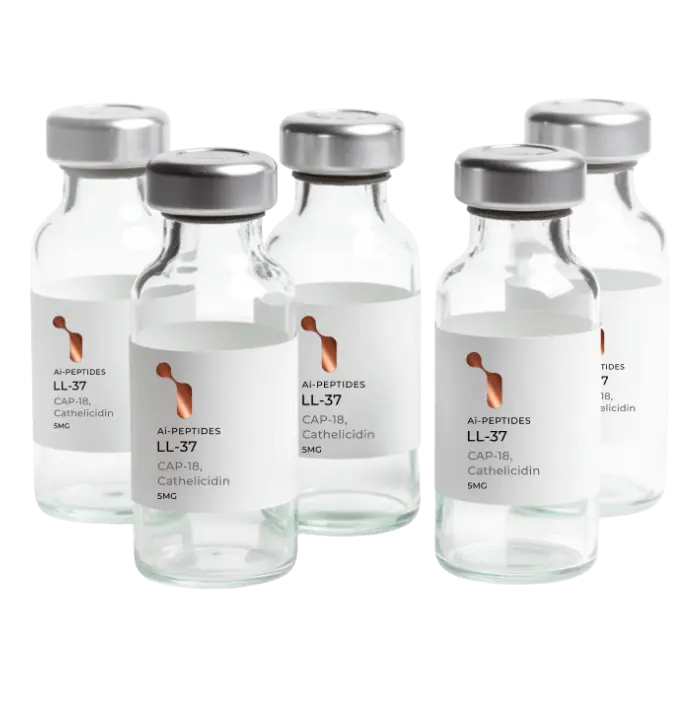In Alzheimer’s disease, degeneration of brain synapses happens before Beta Amyloid plaques and Tau protein aggregates are produced.
Both in AD and in its animal models the loss of neuronal plasticity is known to precede any overt formation of Aβ plaques and hyperphosphorylated (p) tau neurofibrillary tangles.” (1)
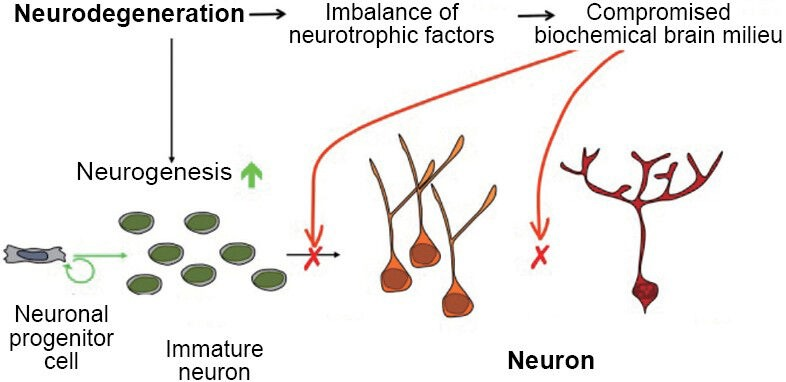
“Alzheimer’s disease responds to neurodegeneration by initiating neurogenesis in the dentate gyrus which, however, due to a lack of the proper neurotrophic support, is not sustained and the newborn neurons do not mature into functional cells.” (1)
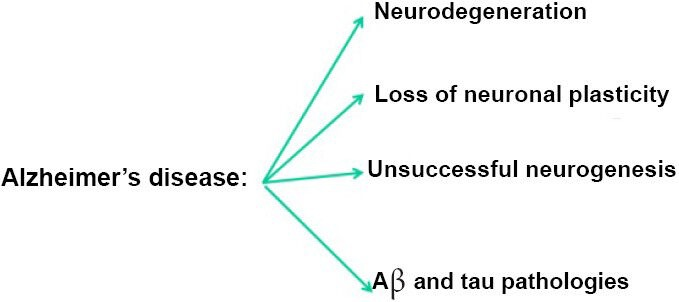
“Alzheimer’s disease is characterized by neurodegeneration associated with loss of neuronal plasticity and in the dentate gyrus, proliferation of newborn cells which do not mature into functional neurons…” (1)
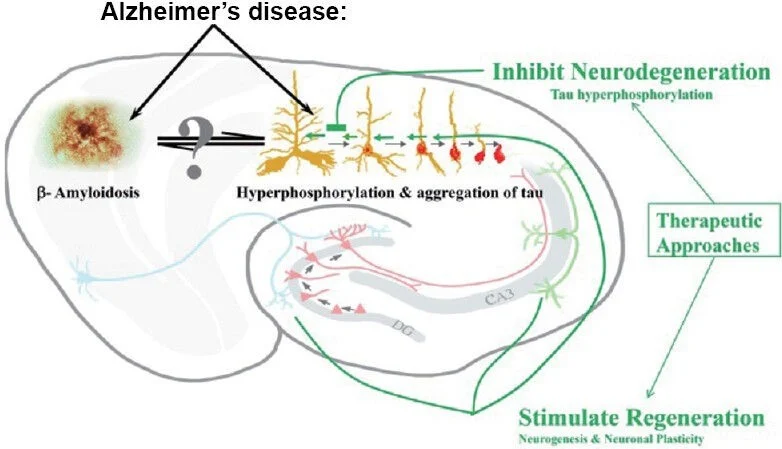
“Two major therapeutic approaches to Alzheimer’s disease and related conditions.While one therapeutic approach to Alzheimer’s disease is the inhibition of neurodegeneration that is associated with neurofibrillary and Aβ pathologies, another approach is to stimulate the regeneration of the brain by enhancing neuronal plasticity and neurogenesis that culminates into formation of mature functional neurons.” (1)
Proper neurogenesis (birth of new neurons) by peptide P021 was shown to remove Tau protein aggregates and reduce the production of new Beta Amyloid plaques.
“Moreover, the P021 treatment markedly reduced tau pathology and attenuated the generation but not the clearance of Aβ in 3xTg-AD mice.” (2)
“Cognitive performance was studied by assessing episodic memory with Novel Object Recognition task at 16-17-months post-treatment. We found that P021 treatment initiated during the synaptic compensation period can prevent neurodegeneration, Aβ and tau pathologies, rescue episodic memory impairment, and markedly reduce mortality rate. These findings for the first time show effective prevention of AD changes with a neurotrophic compound that targets neurogenesis and synaptic plasticity, suggesting that improving the health of the neuronal network can prevent AD.” (3)
“The AD brain responds to neurodegeneration by stimulating neurogenesis, however, because of the lack of a proper neurotrophic microenvironment of the hippocampus, this effort of the AD brain to replace lost neurons with new neurons is unsuccessful and culminates in failure of neuronal survival, maturation, and integration. As the disease progresses, the neurogenic failure becomes severe, and contributes significantly to cognitive decline.” (4)

